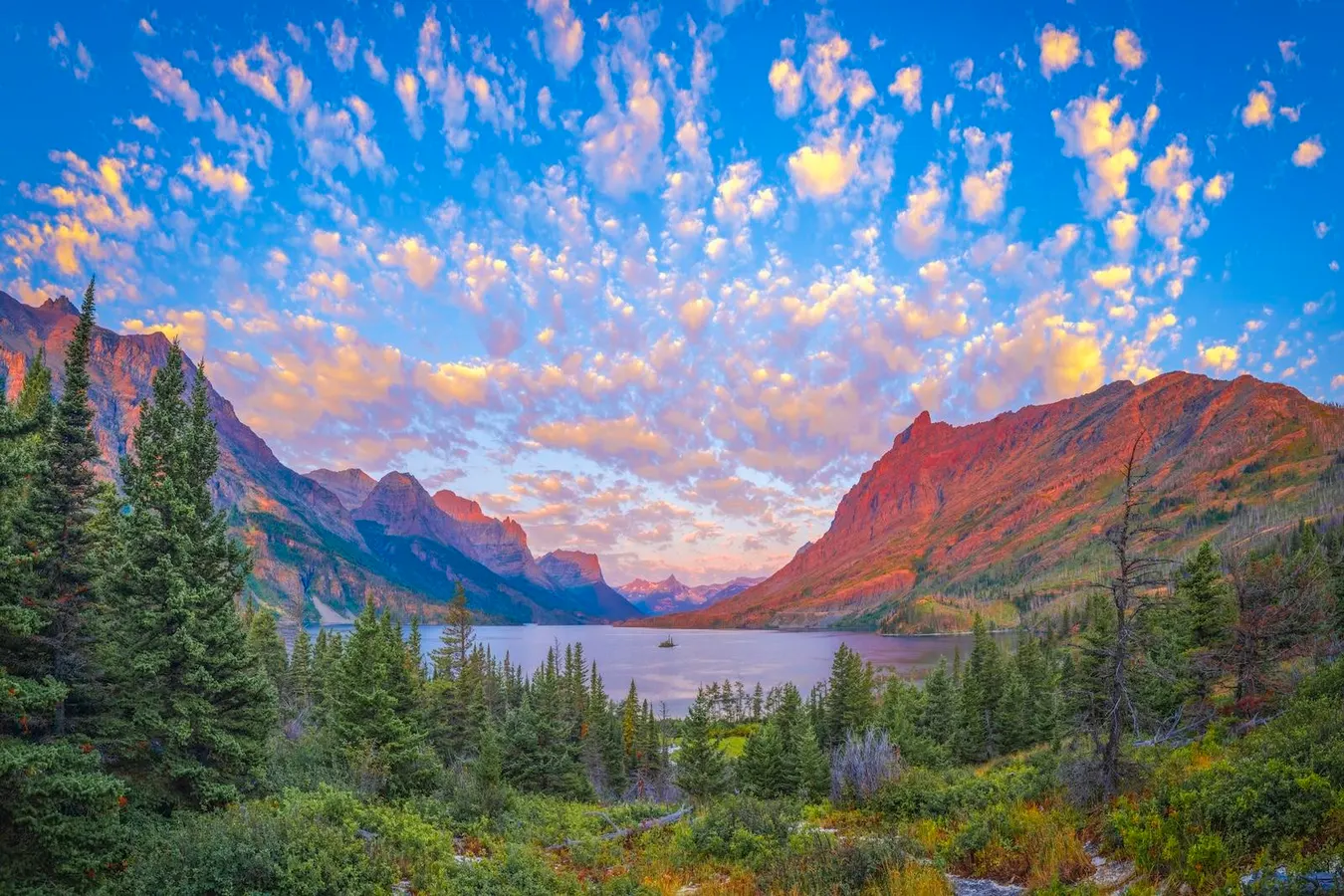Copyright Forbes

Mountains are Earth’s biological cathedrals. To a biologist, they’re evolutionary laboratories where isolation and elevation generate unique ecosystems. From cloud-drenched rainforests to alpine tundra, every rise in altitude brings a change of its own kind. Some change in temperature and oxygen; others in vegetation and biodiversity. The following five photographs have each been highly honored in the 2025 Nature’s Best Photography Awards. They document living systems in motion: glaciers carving valleys, plants colonizing rock and species adapting to extremes. 1. Sunset Taken At 16,000 Feet (Siula Grande And Yerupaja Peaks, Peru) The Cordillera Huayhuash in Peru sits at the intersection of beauty and brutality. It’s a range of jagged peaks and turquoise glacial lakes that rise above 20,000 feet. Ecologically, this segment of the Tropical Andes is a biodiversity hotspot; in fact, it’s one of the most biologically rich mountain regions on Earth. Despite the thin air and frigid temperatures, specialized plants like Azorella compacta (yareta) and cushion mosses thrive here. In abundance, they form dense mats that resist freezing winds and conserve moisture. MORE FOR YOU What you might not see below the snowline is that the páramo and puna grasslands host vicuñas, Andean foxes and an astonishing array of birds. The strength of these ecosystems are their adaptability to strong UV radiation and rapid temperature swings. Regardless of whether it’s freezing at night and scorching by afternoon, their vegetation forms tight rosettes and silvery leaves to reflect sunlight and retain heat. 2. Campton Pond Sunrise (New Hampshire, USA) Campton Pond is nestled in the foothills of New Hampshire’s White Mountains, and it’s amid one of North America’s most vibrant temperate forest biomes. Here, deciduous hardwoods like maple, birch and oak blend beautifully with the surrounding evergreens. The result is a backdrop that changes color and function with the seasons — and here, we see some of its autumn hues. The pond itself functions as an ecological keystone in the local watershed. It buffers floods, filters runoff and provides the ideal habitat for amphibians, dragonflies and New Hampshire’s emblematic loons. The area’s constant cycle between freezing and thawing is what enables such a dynamic interface between aquatic and terrestrial life to coexist. 3. White Rainbow (Svínafellsjökull, Iceland) Svínafellsjökull is a glacier tongue of Iceland’s immense Vatnajökull ice cap. As research from Cold Regions Science and Technology explains, glacier tongues are narrow, floating extensions of a glacier that project out into open waters, yet are simultaneously confined by valley walls. It’s a striking place where geology and climatology merge, as we can see from the “white rainbow,” or fogbow. This strange phenomenon occurs when tiny water droplets scatter sunlight, which produces an ethereal, glowing arc that’s somehow totally devoid of color. Ecologically, glaciers like these are almost paradoxical. As barren as they may look on the surface, they’re sustaining ample forms of life below and beyond. The meltwaters from Svínafellsjökull feed proglacial rivers that are abundant in minerals. This, in turn, supports microbial mats and mosses that colonize the newly exposed rock. 4. Sunrise At St. Mary Lake (Glacier National Park, Montana) Glacier National Park is often called the “Crown of the Continent” for good reasons. It’s a biological crossroads where boreal forests, alpine tundra and prairie ecosystems converge. St. Mary Lake, as pictured here, is framed by towering peaks and morning mist. It sits at a whopping 4,500 feet elevation, making it the perfect mixing zone for species that are adapted to both warm valleys and cold mountain slopes. The areas above the lake are dominated by lodgepole pine and Engelmann spruce forests, which are also interspersed with colorful wildflower meadows. This highly specific vertical layering supports various vastly different lifeforms: mountain goats on high cliffs, grizzly bears in berry thickets and harlequin ducks on the glacier-fed streams. Here, each species’ success depends on the seasonal rhythm of snowmelt, which feeds the park’s 700 lakes and countless ephemeral ponds. Yet the park’s very name, “Glacier,” is becoming historical. The region’s glaciers have declined from over 100 to fewer than 30 in the last century, which has placed immense threat on many cold-water species. Still, the resilience of St. Mary Lake’s ecosystem remains remarkable. 5. Wai‘ale‘ale Mountain And Weeping Wall Waterfalls (Kauai, Hawai‘i) The name Mount Wai‘ale‘ale directly translates to “rippling waters.” And just as its name suggests, this shield volcano is one of the wettest places on Earth — receiving up to 450 inches of rain annually. This constant moisture is what feeds the Weeping Wall Waterfalls we see pictured, which spill down near-vertical cliffs covered in mosses, ferns and epiphytic plants. The summit’s cloud forest forms something analogous to a living sponge: it absorbs rainfall and releases it slowly into Kauai’s rivers, which sustains both ecosystems and human communities downstream. Biologically, this mountain is a hotspot of endemism. Countless species of plants live here, such as the Hawaiian lobelioids and Metrosideros polymorpha (ʻōhiʻa lehua). Most intriguingly, these plants, as well as many others, have evolved in complete isolation, meaning that they exist nowhere else on Earth. To explore more winning images and learn about the photographers and stories behind them, visit Nature’s Best Photography Awards.



